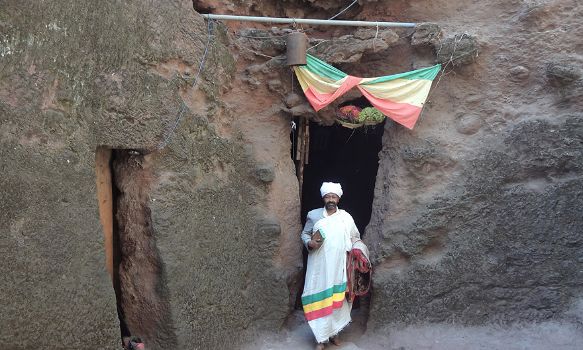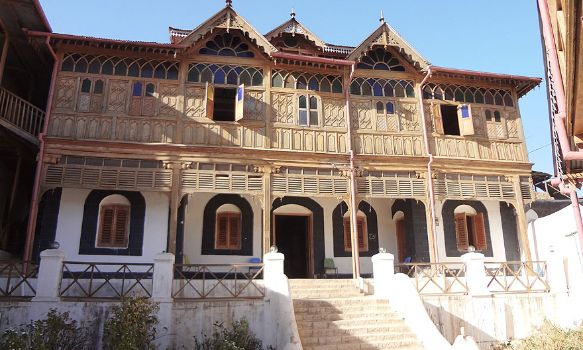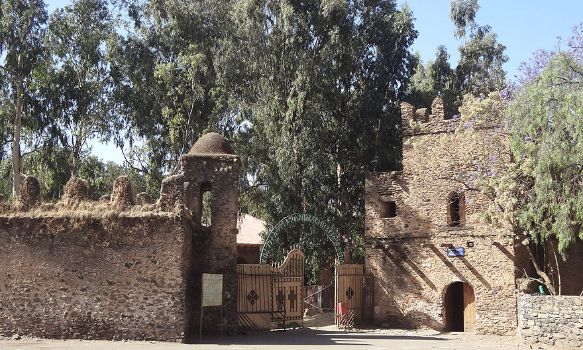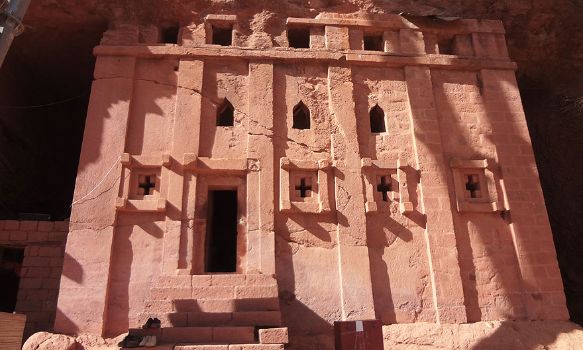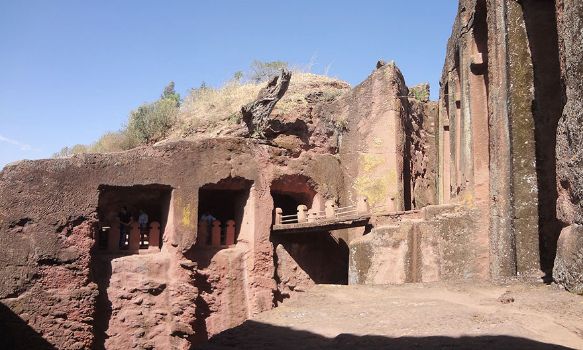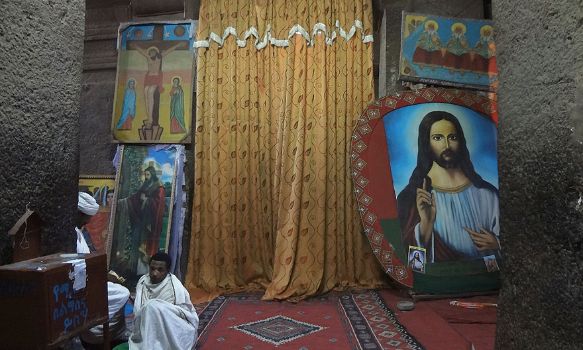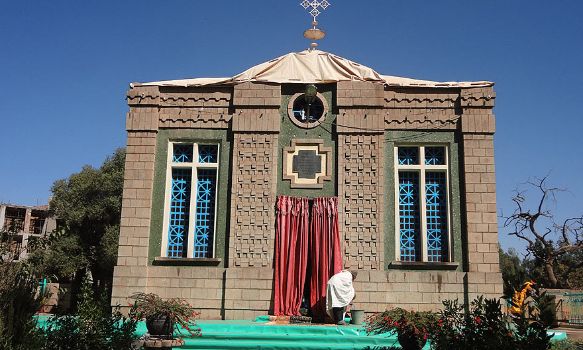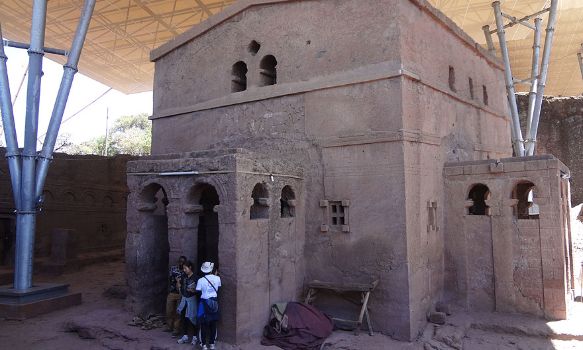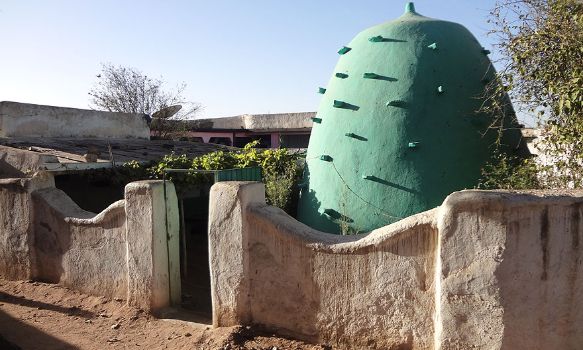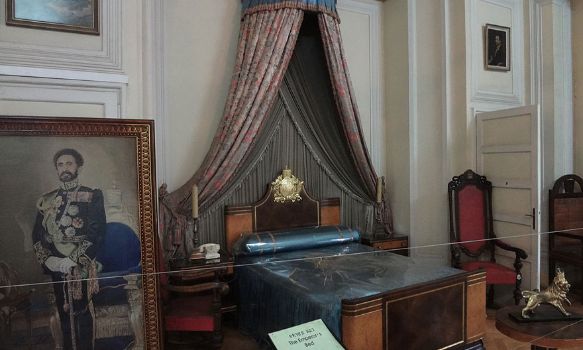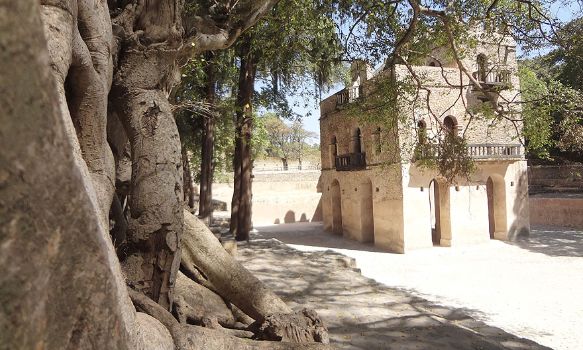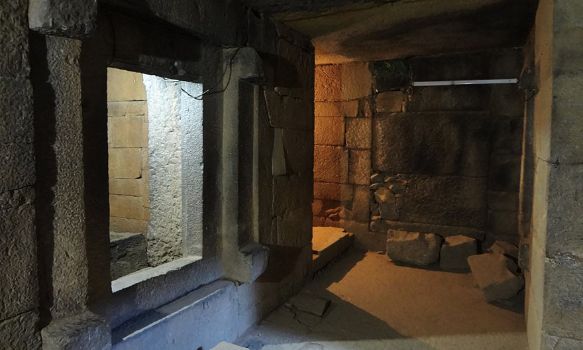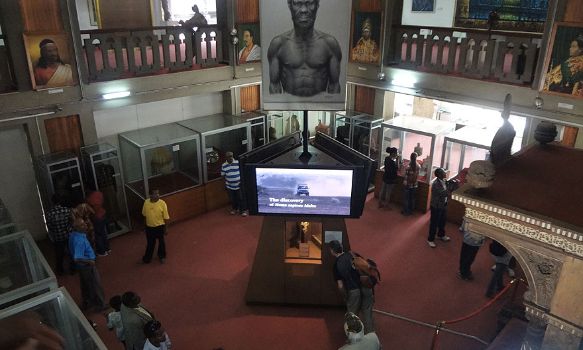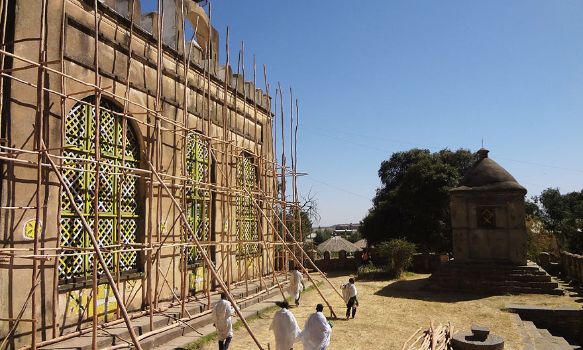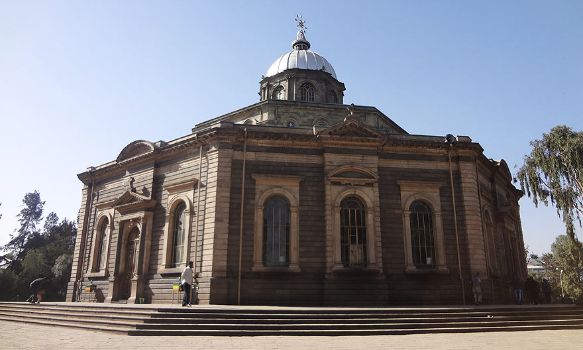Historical Attractions of Ethiopia
Explore the magic of Ethiopian beauty
Ethiopia is like nowhere else on the planet, a beautiful country blessed with a peerless history, fabulous wildlife and some of Africa’s most soulful peoples. Ethiopia is one of Africa’s most beautiful countries and its landscapes are epic in both scale and beauty. Here is a place where you can trek more than 3000m above sea level (the Simien and Bale mountains) or visit the lowest place on the African continent, the Danakil Depression. In between, there are lush highlands and stirring deserts, vertiginous canyons and sweeping savannah, vast lakes and high plateaus.
Gondar
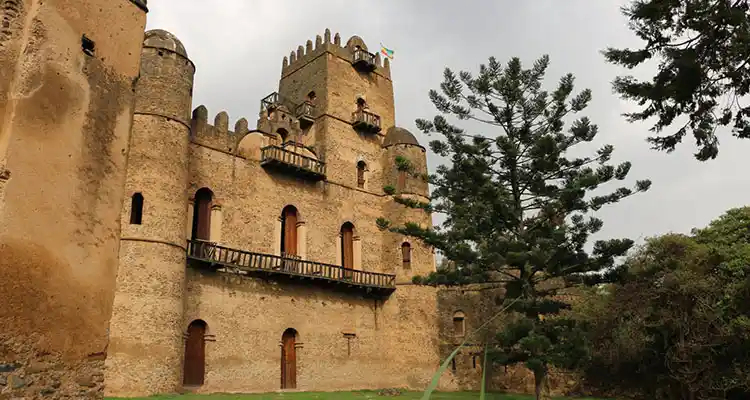 Gondar city is a famed tourist destination. The town features a picturesque sight of ruins in Fasil Ghebbi (loosely translated as the Royal Enclosure). It is from these castles where emperors exalted their authority in the land. The Royal Enclosure is home to Gondar’s most popular buildings. These buildings include; Empress Mentewab’s castle, Dawit’s Hall, Iyasu’s hall, Fasilides castle, a banqueting hall, stables, a chancellery, three churches, and a library. These castles are collectively known as the Gondar Castles, also known as the Camelot of Ethiopia. Gondar is a town that breathes heavy with history. Located in a highway junction, Gondar is easily accessible to tourists.
Gondar city is a famed tourist destination. The town features a picturesque sight of ruins in Fasil Ghebbi (loosely translated as the Royal Enclosure). It is from these castles where emperors exalted their authority in the land. The Royal Enclosure is home to Gondar’s most popular buildings. These buildings include; Empress Mentewab’s castle, Dawit’s Hall, Iyasu’s hall, Fasilides castle, a banqueting hall, stables, a chancellery, three churches, and a library. These castles are collectively known as the Gondar Castles, also known as the Camelot of Ethiopia. Gondar is a town that breathes heavy with history. Located in a highway junction, Gondar is easily accessible to tourists.
Axum
 The ruins of the ancient city of Aksum are found close to Ethiopia’s northern border. They mark the location of the heart of ancient Ethiopia, when the Kingdom of Aksum was the most powerful state between the Eastern Roman Empire and Persia. The massive ruins, dating from between the 1st and the 13th century A.D., include monolithic obelisks, giant stelae, royal tombs and the ruins of ancient castles. Long after its political decline in the 10th century, Ethiopian emperors continued to be crowned in Aksum. It is ornamented with two false doors at the base and features decorations resembling windows on all sides. The obelisk ends in a semi-circular top part, which used to be enclosed by metal frames. The stelae were probably carved and erected during the 4th century AD by subjects of the Kingdom of Axum.
The ruins of the ancient city of Aksum are found close to Ethiopia’s northern border. They mark the location of the heart of ancient Ethiopia, when the Kingdom of Aksum was the most powerful state between the Eastern Roman Empire and Persia. The massive ruins, dating from between the 1st and the 13th century A.D., include monolithic obelisks, giant stelae, royal tombs and the ruins of ancient castles. Long after its political decline in the 10th century, Ethiopian emperors continued to be crowned in Aksum. It is ornamented with two false doors at the base and features decorations resembling windows on all sides. The obelisk ends in a semi-circular top part, which used to be enclosed by metal frames. The stelae were probably carved and erected during the 4th century AD by subjects of the Kingdom of Axum.
Lalibella
 Lalibela is a town in the Amhara region of northern Ethiopia. It’s known for its distinctive rock-cut churches dating from the 12th and 13th centuries, which are pilgrimage sites for Coptic Christians. Carved out of rock, the subterranean monoliths include huge Bete Medhane Alem, and cross-shaped Bete Giyorgis. Many are joined by tunnels and trenches, and some have carved bas-reliefs and colored frescoes inside. The Church of St. George is one of eleven rock-hewn churches of Lalibela. This is an independent structure , which is attached to the rock by the base. Built on a cruciform plan ( Greek cross ) 25 meters wide , it is 30 meters high and it is fully excavated in the tray consists of a red volcanic rock and connected by a series of tunnels to the group of four churches located in the Northeast.
Lalibela is a town in the Amhara region of northern Ethiopia. It’s known for its distinctive rock-cut churches dating from the 12th and 13th centuries, which are pilgrimage sites for Coptic Christians. Carved out of rock, the subterranean monoliths include huge Bete Medhane Alem, and cross-shaped Bete Giyorgis. Many are joined by tunnels and trenches, and some have carved bas-reliefs and colored frescoes inside. The Church of St. George is one of eleven rock-hewn churches of Lalibela. This is an independent structure , which is attached to the rock by the base. Built on a cruciform plan ( Greek cross ) 25 meters wide , it is 30 meters high and it is fully excavated in the tray consists of a red volcanic rock and connected by a series of tunnels to the group of four churches located in the Northeast.
Yeha Temple
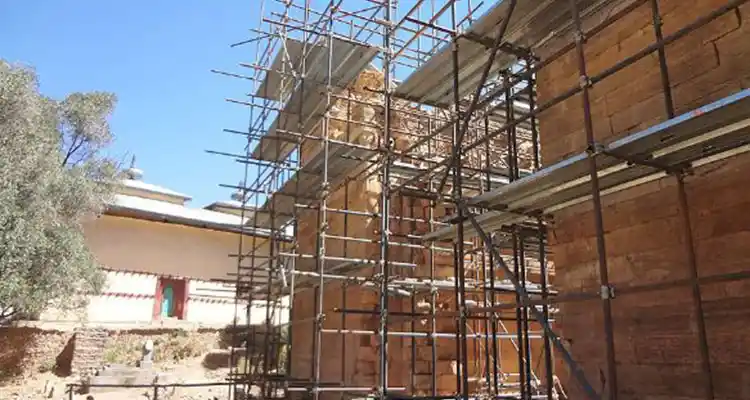 Yeha is considered the birthplace of Ethiopia’s earliest known civilisation nearly three millennia ago. This is a tower built in the Sabaean style, and dated through comparison with ancient structures in South Arabia to around 700 BC. The 7th-century-BC Great Temple’s limestone building blocks, measuring up to 3m in length, are perfectly dressed and fitted together without a trace of mortar. The whole temple is a grid of perfect lines and geometry. The temple is an imposing rectangular edifice. Though it has long since lost its roof and upper storeys, the ruins stand some twelve metres in height. As evening falls, the temple’s finely dressed and polished limestone reflects the glow of the setting sun with a warmth and brilliance that cannot be accidental.
Yeha is considered the birthplace of Ethiopia’s earliest known civilisation nearly three millennia ago. This is a tower built in the Sabaean style, and dated through comparison with ancient structures in South Arabia to around 700 BC. The 7th-century-BC Great Temple’s limestone building blocks, measuring up to 3m in length, are perfectly dressed and fitted together without a trace of mortar. The whole temple is a grid of perfect lines and geometry. The temple is an imposing rectangular edifice. Though it has long since lost its roof and upper storeys, the ruins stand some twelve metres in height. As evening falls, the temple’s finely dressed and polished limestone reflects the glow of the setting sun with a warmth and brilliance that cannot be accidental.
Neakuto Le’ab
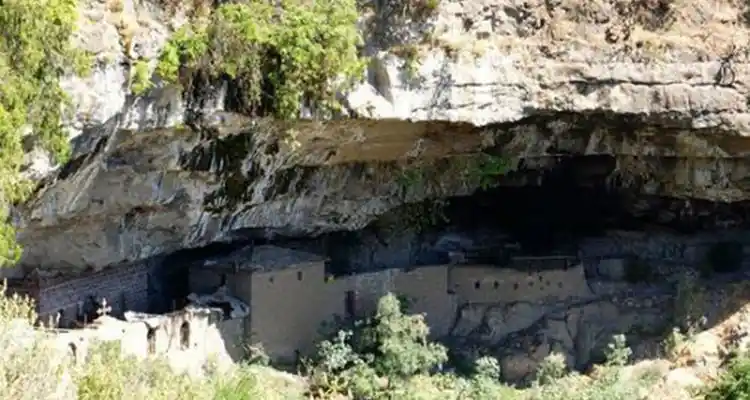 King Nakuto Le’Abe, king Lalibela’s nephew and successor, abdicated his throne in 1270 AD and started living a hermit’s life in a cave, which has ever since become a monastery. This cave church, 7 km from Lalibela, is a simple but attractive little church, built on the site of a much older shrine. This monastery houses one of the most interesting collections of ancient crosses, illuminated manuscripts and other icons some of which are attributed to its founder Nakuto Le’Abe. These pious four Zagwe kings ruled until the thirteenth century, when a famous priest, Tekla Haymanot, persuaded them to abdicate in favor of a descendant of the old Axumite Solomonic dynasty.
King Nakuto Le’Abe, king Lalibela’s nephew and successor, abdicated his throne in 1270 AD and started living a hermit’s life in a cave, which has ever since become a monastery. This cave church, 7 km from Lalibela, is a simple but attractive little church, built on the site of a much older shrine. This monastery houses one of the most interesting collections of ancient crosses, illuminated manuscripts and other icons some of which are attributed to its founder Nakuto Le’Abe. These pious four Zagwe kings ruled until the thirteenth century, when a famous priest, Tekla Haymanot, persuaded them to abdicate in favor of a descendant of the old Axumite Solomonic dynasty.
What motivated this persuasion is not clear. It may be the fact that the Zaqwe kings were more inclined to be hermits and monks rather than statesmen.
Fully Customized Tour Packages
We prepare and organize custom itineraries based on your preferences.

